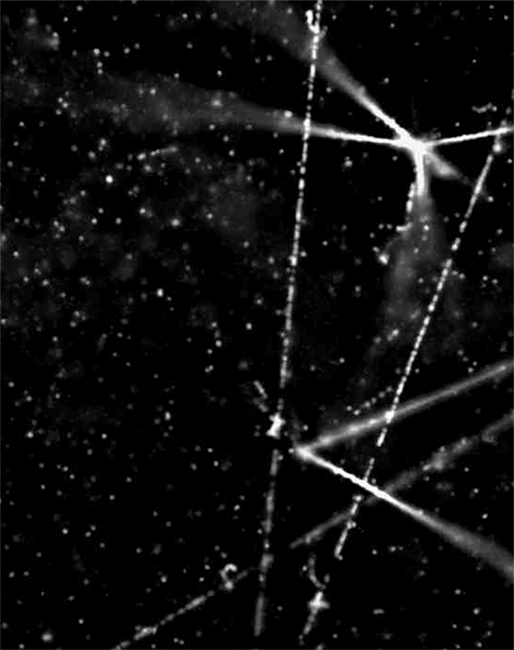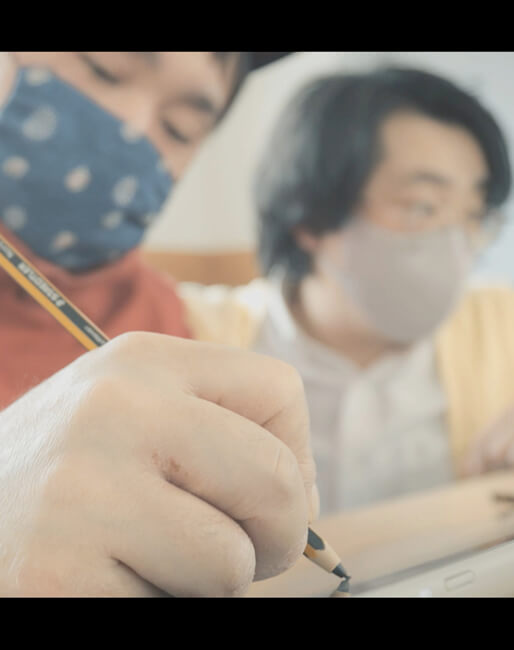GUIDED TOUR BY THE “MEDIATOR” CONNECTING PEOPLE WITH ART AND THE UNIVERSE.
OPENING UP NEW POSSIBILITIES IN ART EXPRESSION.

At CERN (European Laboratory for Particle Physics), one of the most advanced scientific institutes on fundamental research in the world, scientists and artists are in a continuous dialogue where science and art are on the same horizon. What is space art? By knowing more of the Universe, which new art expressions will be ignited in our minds? Let us hear voices of people from the front line of taking down fences between science and art. (Banner photo credit: AEgIS experiment at CERN)
RELATED SESSIONS:
OPENING / IMPULSES FROM THE “SOUNDS OF THE UNIVERSE” / FINALE
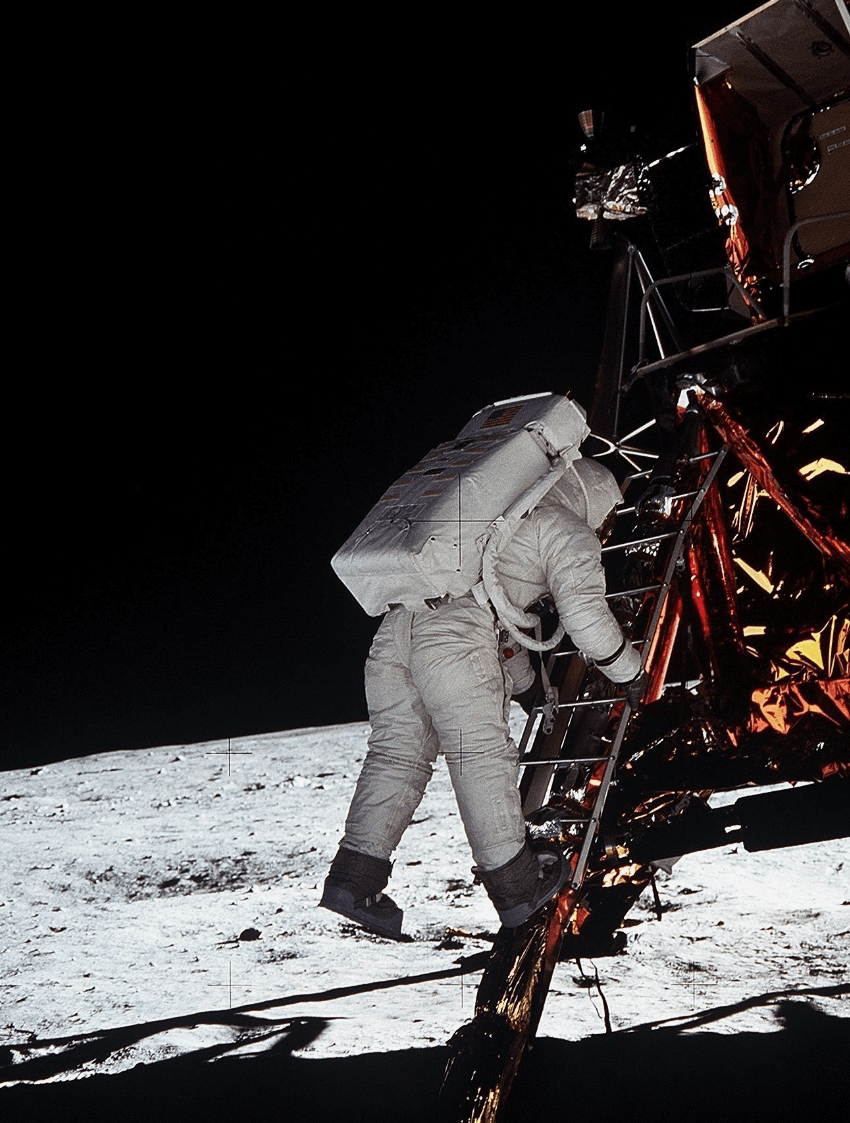
FRAMEWORK OF SPACE ART
Space art is said to have its origin in ancient civilizations exemplified by the giant megaliths in Stonehenge and other places, or the Nazca Lines. In a broader sense, the "Tenmon-Seizo”, Japan’s first star chart drawn by Harumi Shibukawa based on astronomical measurements, also falls into this category. If Man’s perception of the Universe is a keyword to define space art, even primitive art like cave paintings in Altamira and Lascaux, can also be called space art. But the term itself started to be used only in the 1980s. At first, space art was explored like a "milestone" to express the unknown world of outer space (like image boards used in animation). After that, new scientific knowledge and technologies resulting from space research were adopted as a way of art expression. Contemplating the Universe makes one a philosopher. Exploring the origin and mechanism of the Universe is very akin to pondering past and future human existence through art. The truth about the Universe or in physics has always excited the hearts of artists and art followers. Space art has a multitude of implications and interpretations even among people in the respective art scene.
Roger Malina, Professor of Art and Technology as well as Professor of Physics at the University of Texas, defines space art as "Contemporary art which relies on space activity for its implementation”. According to his definition, space art includes oil paintings that depicts a view of space or works of fine art taking advantage of new technologies through space research.
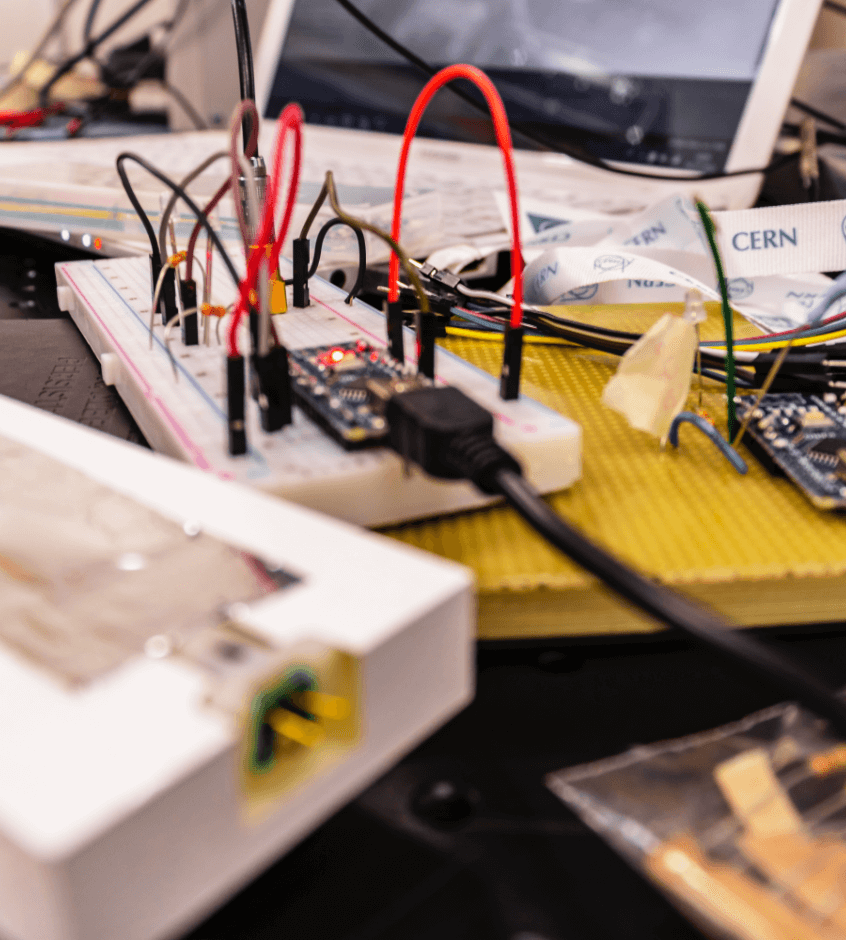
IN AWE OF BEAUTY - A FEELING STIRRED UP BY SOUNDS OF THE UNIVERSE
The artwork presented at the Connected Ink 2021 is so-called sound art, a form of art experienced with our auditory sense. The work was composed by a team consisting of four international researchers including Yuri Tanaka (researcher at Tokyo University of the Arts, and visiting scientist at CERN (European Laboratory for Particle Physics)). The process of making this sound art by the team of Yuri Tanaka, Umut Kose (researcher in experimental physics at CERN), Pavle Dinulović (sound designer and assitant professor at University of Arts in Belgrade) and Chris Bruckmayr (sound artist at Ars Electronica) starts with detecting cosmic muons (one of the fundamental particles constantly arrive on Earth), and extracting the solar wind parameters. Signals obtained thereby are converted and modulated into sounds perceptible to the human ear in an effort of triggering poetic experiences.
(Photo credits: Yuri Tanaka, Pavle Dinulović, Umut Kose, Chris Bruckmayr)
Dr. Tanaka describes her role as a mediator who connects people in various fields – artists, designers, scientists and engineers – with a view to build up an overall structure. One may wonder why art is a concern at CERN, a research institute in fundamental particle physics. Yet such an approach is not that rare. “Artists in residence” programs are found at many scientific research institutes. These programs came into focus recently as a new source of inspiration for advancing research and art expression fueled by a continuous dialogue between scientists and artists. According to Dr. Tanaka, through making sound art, there is a moment in which “beauty in the eyes of the scientist” synchronizes with “that in the eyes of the artist”.
“When transforming signals of cosmic muons into acoustic expressions, we found vibrations like a certain musical rhythm. Time and space created by such sounds strike us with those distinctive beauty - that’s the way my team members felt”, she recounts.
Dr. Tanaka first came in contact with CERN in 2015 when she was a researcher in residence at Ars Electronica, a cultural institute for media arts in Linz, Austria. At the time, a collaboration under the framework of CERN’s residence program “Arts@CERN” was going on. Dr. Tanaka refers to CERN as “perhaps an ideal place that I wish the world to be like.” “CERN was born in 1954 as an international organization in the hope, not long after the war, to pursue science for peace, independent of any nation. The same passion for exploring the Universe now unites the people working there so that researchers and students from countries in dispute with each other work hand in hand. Their philosophy seems to be in line with my ambition to find a way to build peace and enrich our lives from the holistic perspective of the Universe. Another positive thing about CERN is that it is always open. In this own forward-looking manner, CERN welcomes all sorts of diverse people including artists. In CERN culture, each one of us is respected as a unique existence in the Universe.”
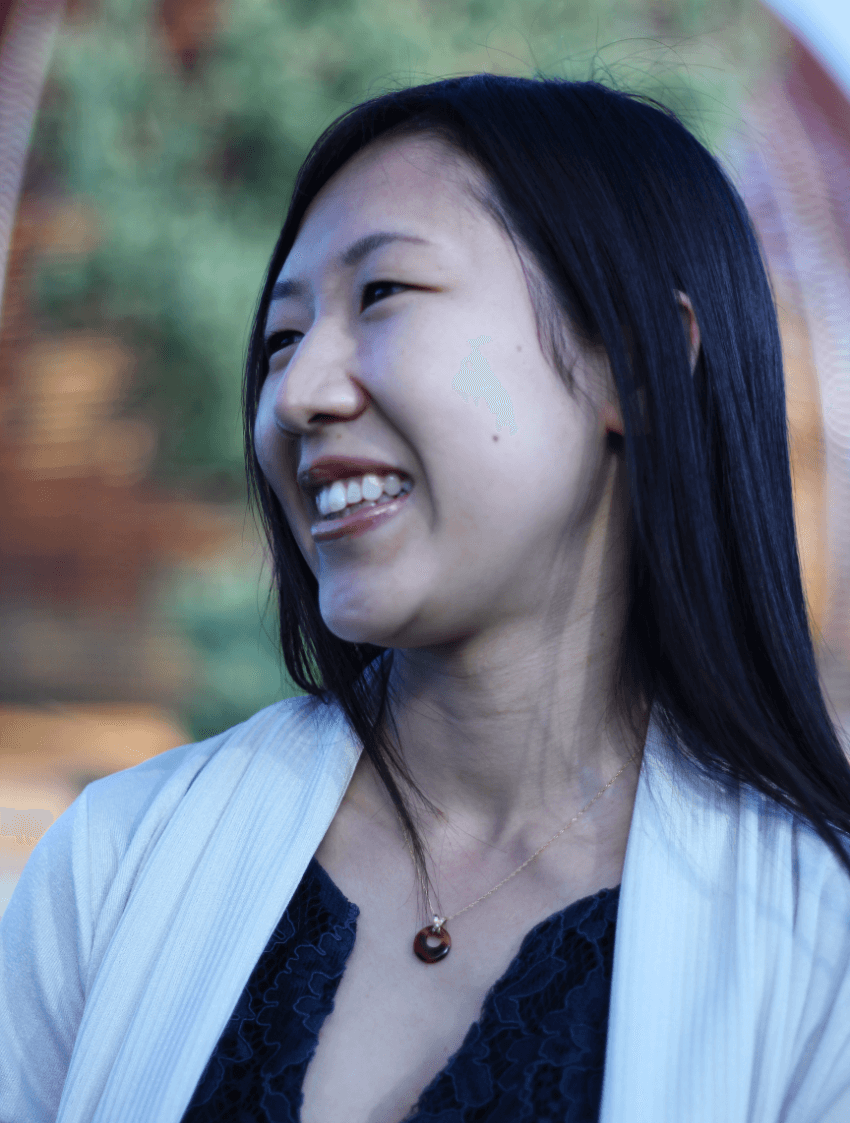
IN SEARCH OF YET UNKNOWN ART EXPRESSIONS
In her vision, space art goes one step further from what this art genre is usually known for. Joining her perspective of space (outer space) to the Universe (everything), trying to find art expressions that are more diversified and comprehensive under the broader definition of “cosmic art”, in analogy to the world of particle physics where all matter and energy are subjects of exploration. In this regard, her vision overlaps that of Wacom in search of infinite possibilities of new creations through digital tools. At Connected Ink 2021, performers collaborate on the stage in tune with “sounds of the Universe.” Prior to the session, Dr. Tanaka and Nobu Ide, CEO of Wacom, composed a poem together. How they feel about the Universe and art is expressed in the following verse.
“RENGA: A POETIC DIALOGUE TO THE UNIVERSE - CONNECTED INK 2021”
In the gleam of an ephemeral glittering light
A sequence of energy keeps appearing and disappearing
It is a very gentle, fertile universe
Do we really come from there, and will be back there?
Thinking of memories of our distant past
Something subtly, so subtly starts to resonate
Is it the human mind that resonates?
Or is it time and space that is here and now
In a subtly waving stream, how can we be connected?
An illusion of absolute coordinate has disappeared,
Every information is floating
Longing for a firm evidence of our existence right here, right now
The world of chaos without center nor end
Our mind and heart are the only things that we can believe
Vibrations between us can be a reality, a moment of the beginning
Nobu Ide and Yuri Tanaka
Russian physicist, Konstantin Eduardovich Tsiolkovsky was an aeronautics and space pioneer at the end of the 19th century and is generally known as the father of spaceflight for his unique and exclusively autodidactic achievements. Tsiolkovsky once wrote that “Earth is the cradle of humanity, but one cannot live in a cradle forever” in a letter addressed to a friend. The quote shows his insight that was ahead of his time. The encounter with “sounds of the Universe” coming from the distant Universe may be somehow symbolic for his wish for a “uniquely new and wonderful development by humans”. Tsiolkovsky lost his hearing due to the aftereffects of scarlet fever. If he were here with us today, these mysterious sounds would surely have plucked at his heartstrings.
editor / writer_ Chikara Kawakami
RELATED SESSIONS
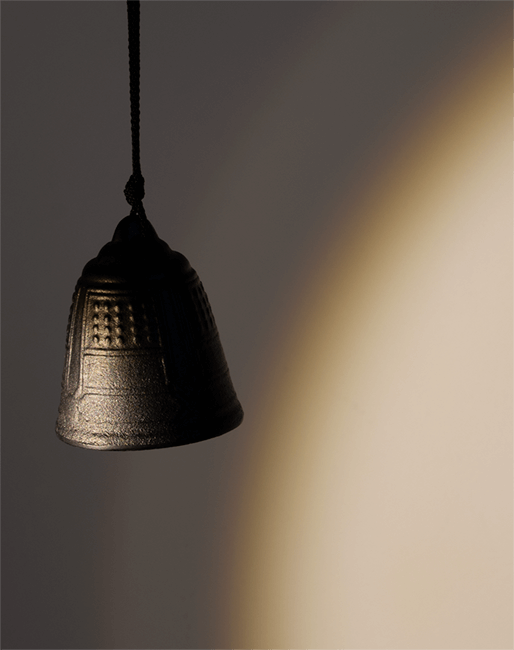
Satoru Kobayashi • Atelier Mayura of Rumbini Art Museum
Tomoya Kikuchi • Japan Philharmonic Orchestra
Dr. Yuri Tanaka • Tokyo University of the Arts
Pavle Dinulović • University of Arts in Belgrade
Dr. Umut Kose • CERN (Conseil Européen pour la Recherche Nucléaire)

